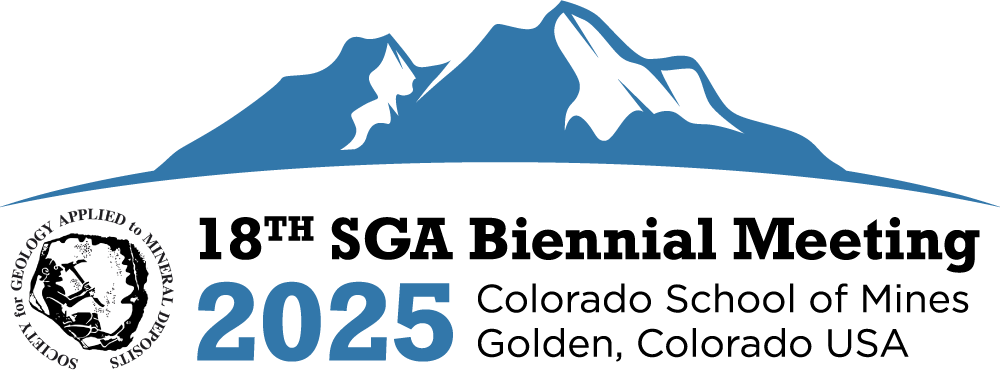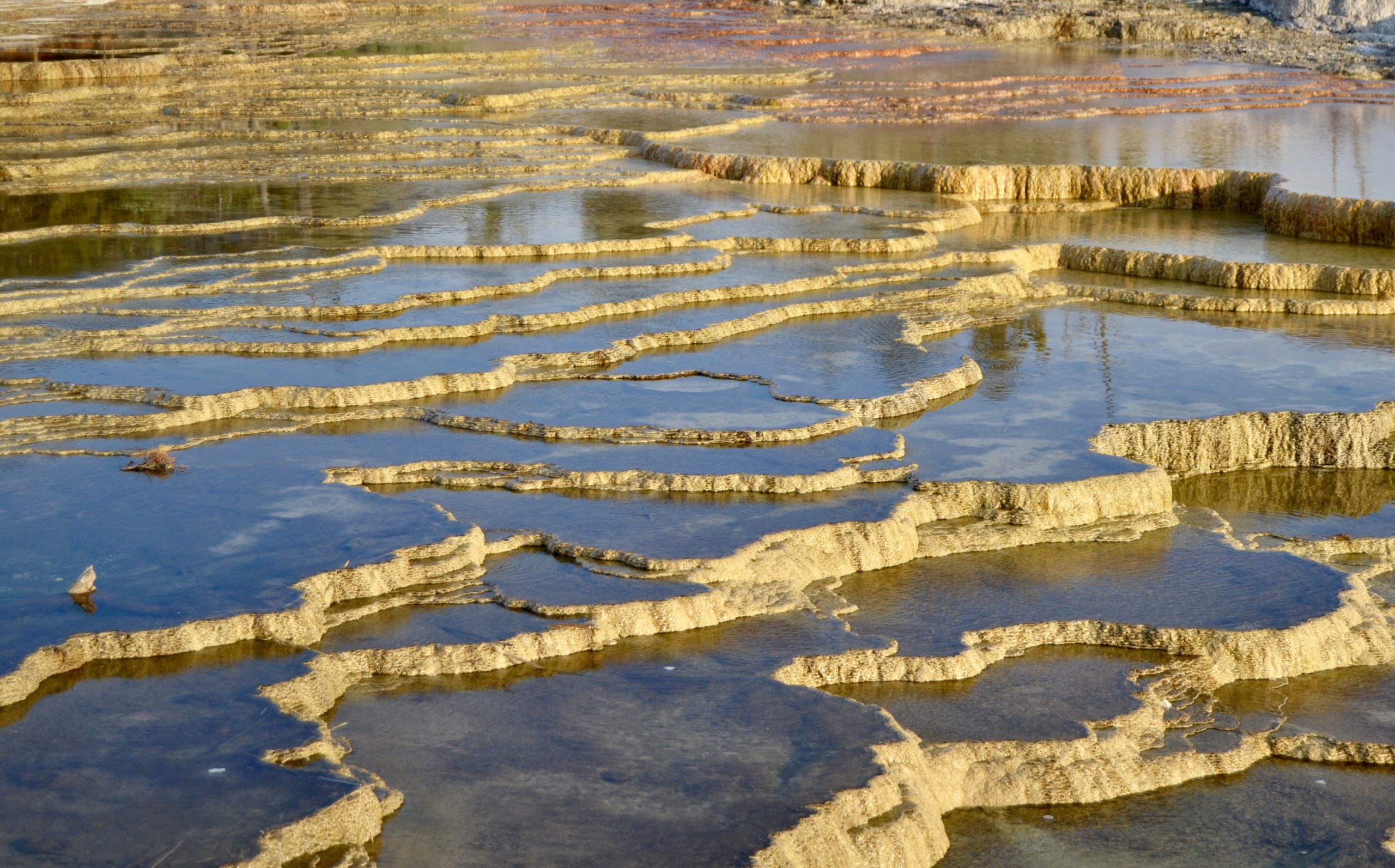Field Trips
Field Trip Fee Breakdown
Early deadline: May 16 Regular deadline: June 15
| Professional SGA Member | Student Member | Non-Member | ||
|---|---|---|---|---|
| FT01 | Alaska Gold | USD $3,395/$3,495 | $1,195/$1,295 | $3,595/$3,695 |
| FT02 | Butte Porphyry System | SOLD OUT | $795/$895 | $2,295/$2,595 |
| FT03 | Climax Porphyry Molybdenum | USD $395/$495 | SOLD OUT | $495/$595 |
| FT04 | Cripple Creek Gold Mine | USD $395/$495 | SOLD OUT | $495/$595 |
| FT05 | Yellowstone Hydrothermal Complex | SOLD OUT |
SOLD OUT | $3,095/$3,195 |
| FT06 | San Juan World-Class Deposits: Creede, Silverton | USD $1,995/$2,095 | SOLD OUT | $2,095/$2,195 |
| FT07 | Carlin-Type Gold and Bingham Porphyry | USD $1,995/$2,095 | $695 / $795 |
$2,095/$2,195 |
**Note: 50% refund for field trip cancellations between May 16th and June 16th ; No refunds for field trip cancellations on or after June 17th
Pre-conference Field Trips
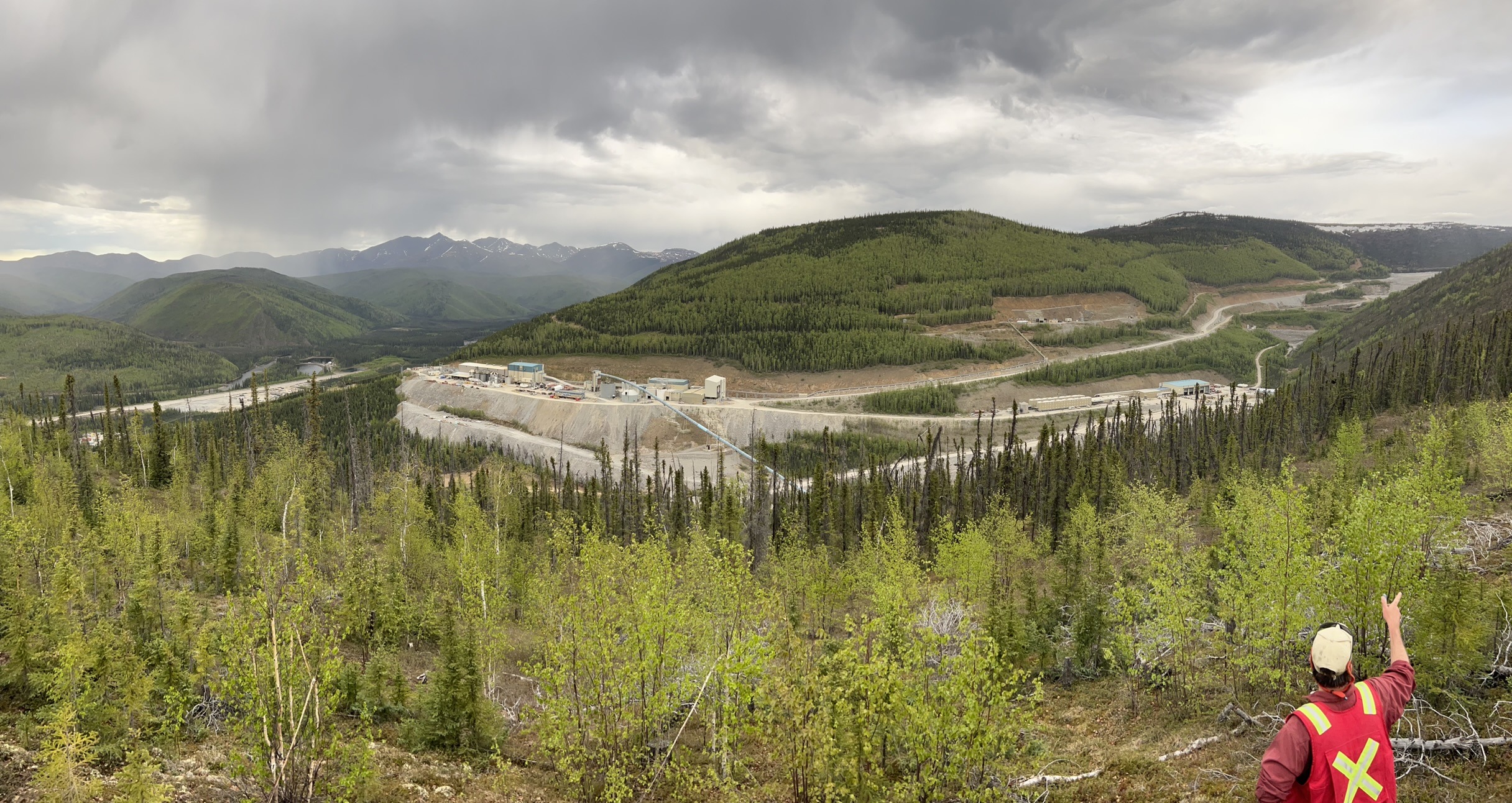
Alaska Gold
Duration: 7 days
Leaders: Doug Kreiner and Erin Marsh
Dates: July 27 – August 2, 2025
Start: Fairbanks, Alaska
End: Anchorage, Alaska
Beginning in Fairbanks and ending in Anchorage, this trip will include Fort Knox, Livengood, Shorty Creek, Pogo, Manh Choh, and the Valdez Creek placer. It will also highlight the critical minerals work that has been done in the upland and supported by the USGS Earth Mapping Resources Initiative. Lastly, it would provide an overview of a number of different deposit types: 1) Paleocene porphyry Au(-Cu) (Shorty Creek), 2) Cretaceous intrusion related Au (Fort Knox, Livengood/Money Knob), 3) quartz-hosted Au (Pogo), 4) Late Cretaceous skarn Au related to a porphyry (Manh Choh), and 5) Placer Au related to orogenic Au veins at Valdez Creek.
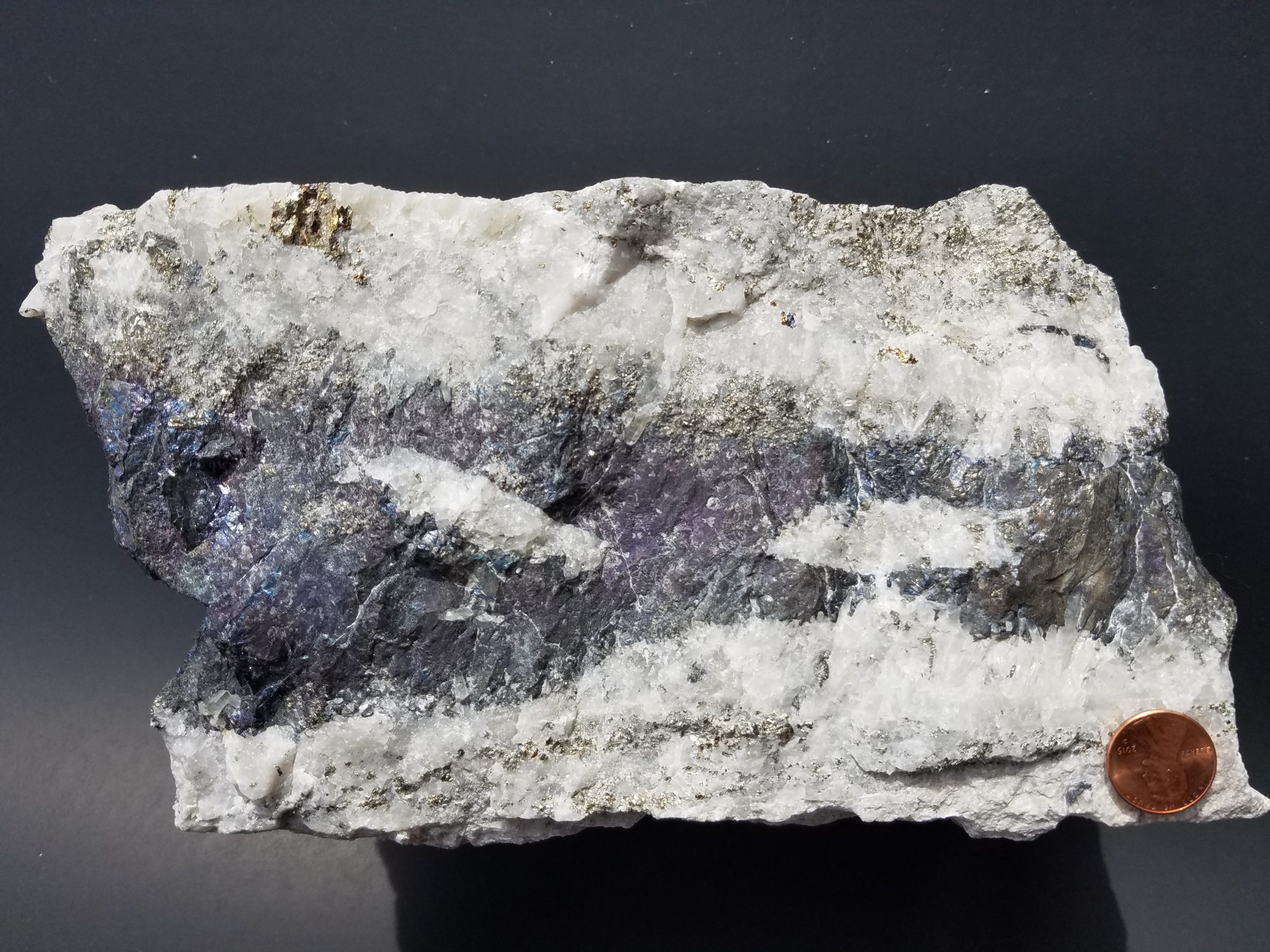
Butte PORphyry SYstem
Duration: 5 days
Leaders: Eric Anderson, John Dilles, Kyle Eastman, Mark Reed, Chris Gammons, Karen Lund, Kaleb Scarberry
Dates: July 29 – August 3
Start: Bozeman, Montana
End: Bozeman, Montana
The world-class deposits of the Butte mining district, Montana have a long history of production leading to the area being referred to as the “Richest Hill on Earth.” The deep porphyry Cu-Mo deposits are overlain by shallow Cu-rich (Au-Ag-Pb-Mn-Zn bearing) zoned lode deposits
hosted in the Butte granite phase of the Boulder batholith. This 5-day field trip will explore the geology and mineral deposits that occur within and around the Boulder batholith. We will visit underground and open pit workings and observe mineralization and alteration in historic deep drill holes of the Butte district. This trip will compare the Butte mining district to other types of deposits associated with the batholith including skarn, carbonate replacement, stockwork, and lode vein deposits. In addition, we will discuss environmental issues associated with historical mining, and provide updates on current research and future directions for critical commodity production
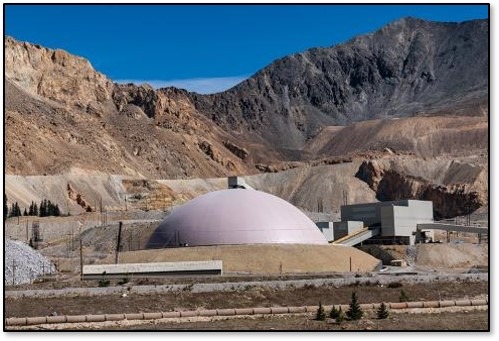
Climax Porphyry Molybdenum
Duration: 1 day
Leaders: Mac Canby (Freeport McMoran)
*Note: High elevation (>3km above sea level)
Date: August 3, 2025
Start: Golden, Colorado
End: Golden, Colorado
The world-class molybdenum deposit at Climax has produced Mo concentrate intermittently for more than 100 years. The Climax deposit, which is genetically associated with Oligocene rhyolitic and granitic stocks, is a complex igneous hydrothermal system characterized by multiple intrusive and mineralizing events. The orebodies are composed of molybdenite stockwork veinlets that form dome-shaped masses centered on an intrusive stock. This trip will emphasize current knowledge of these deposits as well as mining history.
Post conference Field Trips
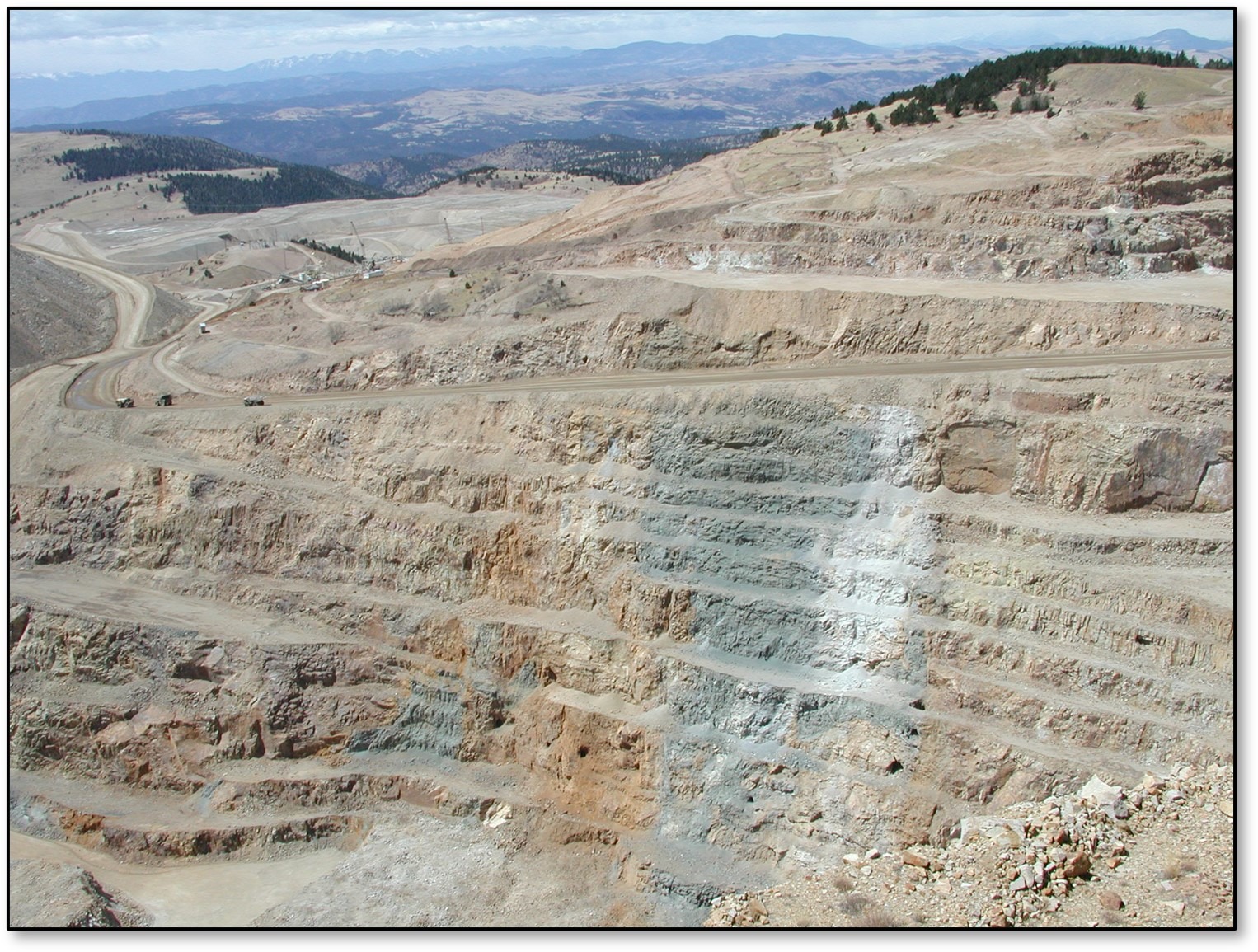
CripPle Creek Gold Mine, Colorado
Duration: 1 day
Leaders: Richard Pilco (Mine geologist) and others to be determined
Date: August 8, 2025
Start: Golden, Colorado
End: Golden, Colorado
*Note: High elevation (>2.5km above sea level)
This trip will include an overview of the active mining area and deposit discussion with mine geologists at the core shed. Cripple Creek is a world class alkalic epithermal deposit and has produced more than 20 million ounces of gold (historical and modern production) from a diatreme complex. The Oligocene-aged volcanism hosts vein and disseminated-style mineralization extending to depths of more than 1,000 m from present-day surface.
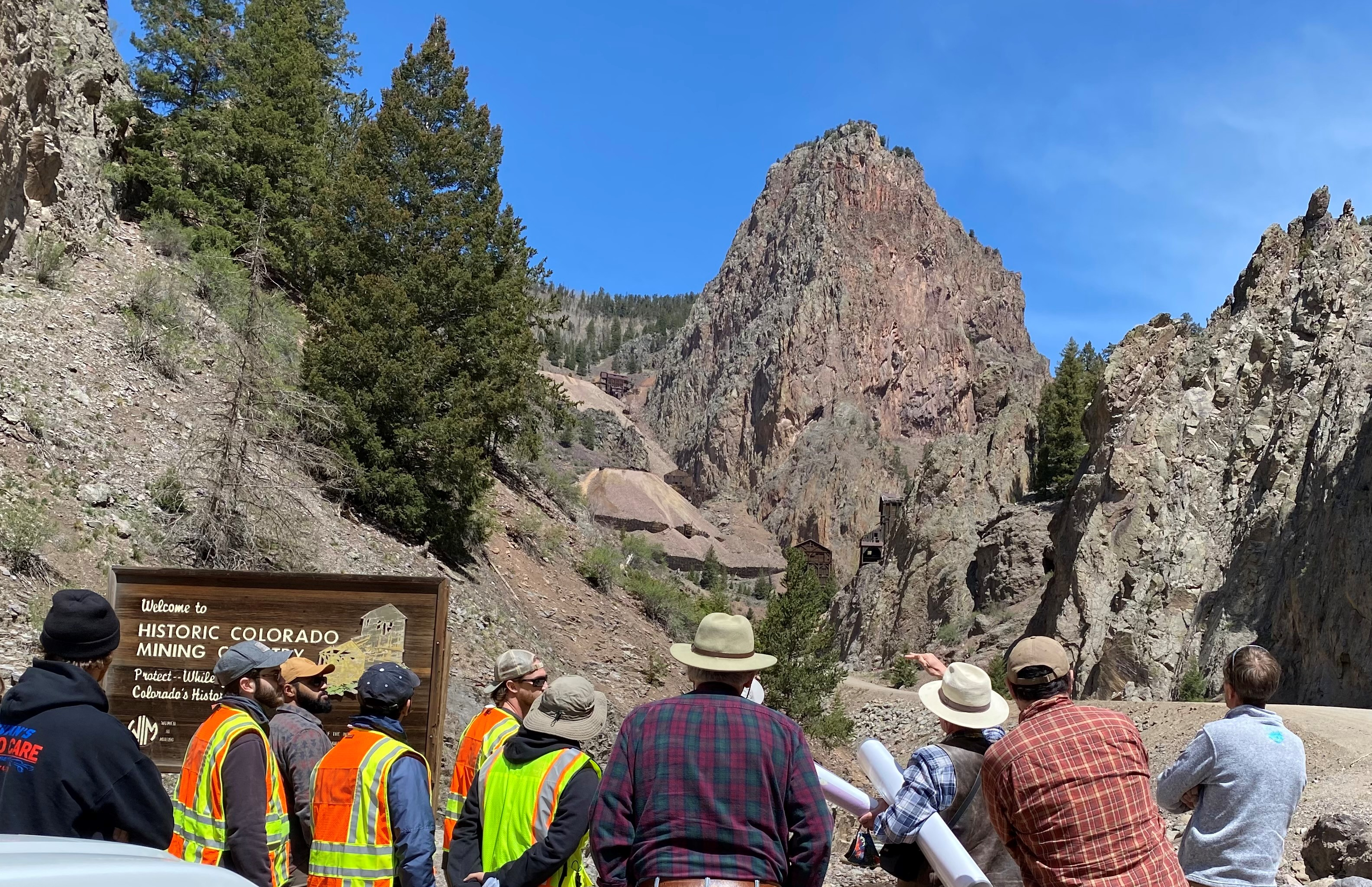
Mineral Deposits of the world class San Juan Volcanic Field: Summitville, Creede, Silverton and Ouray Districts, Colorado
Duration: 5 days
Leaders:Douglas Yager, Mario Guzman, M. Steven Enders, Mary Doherty
Dates: August 8- 12, 2025
Start: Golden, Colorado
End: Golden, Colorado
*Note: High elevation (>3km above sea level); overnight stay at 2800m elevation
This trip will explore mineral deposits of the San Juan volcanic field. The volcanics and intrusives in this field cover an area of approximately 25,000 km2. The trip will include visits to several super volcanoes (volcano explosivity index of 8) and caldera-hosted mineral deposits. Mineral districts visited include: Creede, (Ag-Au-base metal, Intermediate Sulfidation (IS) epithermal vein); Summitville, (Au-Cu-Ag, High Sulfidation (HS) epithermal); Silverton, (Pb-Cu-Ag, HS epithermal; Cu-Mo porphyry; and Ag-Au-Cu-Pb-Zn-Cd, IS epithermal vein), and Ouray, (Ag-Au-base metal, IS epithermal vein). We will have the opportunity to compare and contrast the volcanology, mineral deposits, alteration systems, mining districts and environmental stewardship for this remarkable and scenic region that will make for a fascinating trip.
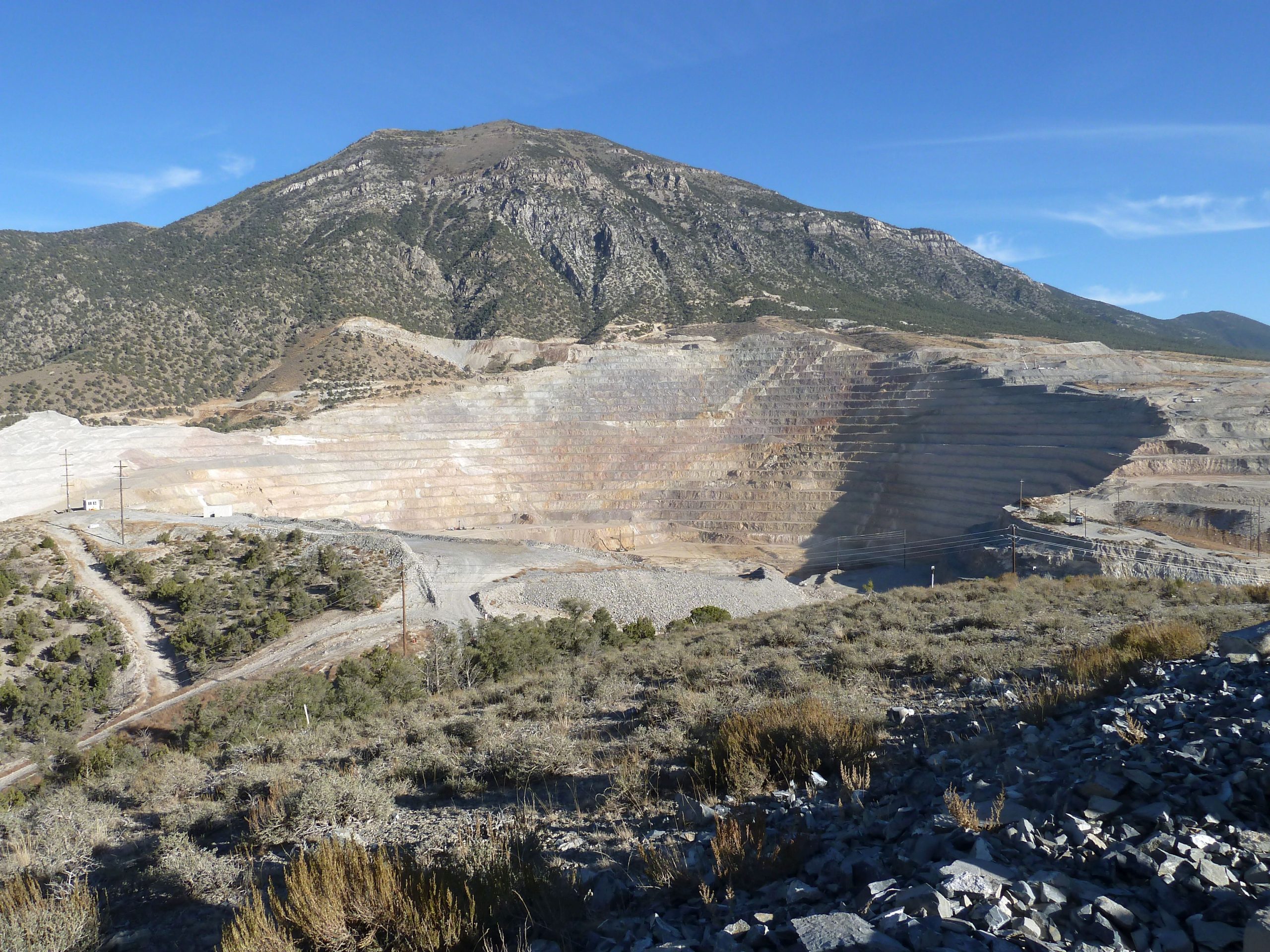
Tops and Bottoms of Carlin-type hydrothermal systems
Duration: 5 day
Leaders:Curtis Johnson, Pat Donovan, and Luke Schranz
Dates: ~August 8- 13, 2025
Start: Salt Lake City, Utah
End: Salt Lake City, Utah
his field trip focuses on three aspects of Eocene Carlin-type gold deposits as they fit in the metallogeny of the Great Basin of Nevada and Utah, western United States: 1) recent discoveries of deep, high-grade deposits and overviews of some major deposits, 2) the shallow expressions of Carlin-type systems, and 3) the relationships of deposits to regional Eocene processes including sedimentary basin development, extension, and widespread arc magmatism with porphyry-related mineralization such as Bingham Canyon and Mt. Hope. The links between these regional processes led to the unique metallogeny of this region.
Yellowstone Hydrothermal complex, Wyoming;
Duration: 5 days
Leaders: Jeff Hedenquist and Stuart Simmons
Dates: August 8-12, 2025
Start: Jackson, Wyoming
End: Jackson, Wyoming
*Note: this is a combined SGA and SEG trip
*Note: High elevation (>2km above sea level)
This tour will focus on the geology and geochemistry of the Yellowstone hot spot, volcanic and hydrothermal deposits. As the largest concentration of active geysers known globally, we will view active travertine deposits and about the dynamic geologic environment associated with one of the largest known calderas, 10,000 hydrothermal features including over 500 geysers, and highly active seismic zone.
